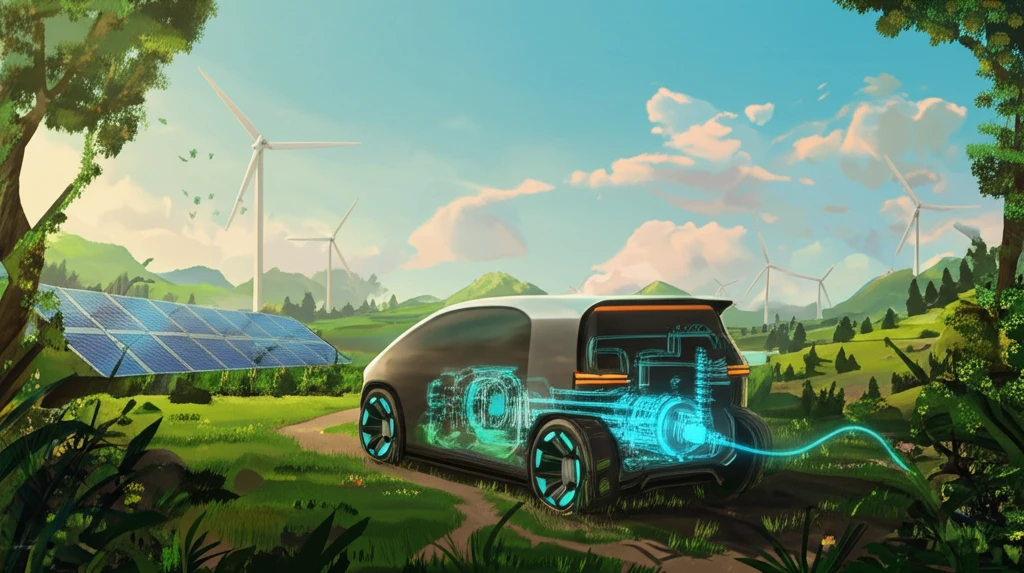
Revolutionizing Transportation: How Integrated Starter-Generator Systems are Shaping the Future of Electric Vehicles
"Discover how cutting-edge power hardware-in-the-loop simulations are optimizing starter-generator systems, paving the way for more efficient and eco-friendly transportation."
Transportation systems have dramatically evolved, yet their reliance on petroleum contributes significantly to global air pollution. The urgent need for energy-efficient and environmentally friendly transportation alternatives is clear, driving the rise of more-electric and all-electric vehicles (EVs) and hybrid electric vehicles (HEVs).
For HEVs and more electric aircraft (MEA), mechanical engines remain vital, and power electronics converters are becoming increasingly important. These converters enhance controllability and efficiency, paving the way for innovations like the Integrated Starter-Generator System (ISGS).
The ISGS represents a key technology in reducing fuel consumption and improving efficiency in HEVs and MEAs. By combining traditional internal combustion engines (ICE) with electric drives, optimized powertrain architectures are emerging. Different types of electric machines, such as asynchronous induction machines (AIM) and permanent magnet synchronous machines (PMSM), are now operating as integrated starter generators (ISG), each requiring sophisticated control methods.
Understanding Integrated Starter-Generator Systems

At its core, the ISGS combines the functions of a starter and generator into a single, highly integrated unit. In engine starting mode, it operates as a motor, using a controller to initiate the engine. Once the engine runs stably, it switches to generator mode, transferring power to provide for the secondary electrical needs of the vehicle or aircraft.
- Reduced fuel consumption
- Improved efficiency
- Higher power density
- Simplified power electronics architecture
The Future is Integrated
The development and validation of the ISGSE mark a significant step forward in transportation electrification. By using advanced simulation techniques, engineers can design and test more efficient and reliable ISGS solutions, accelerating the transition to a future where electric and hybrid vehicles dominate our roads and skies, reducing pollution and dependence on fossil fuels.
